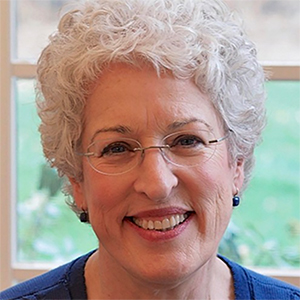Elder-Friendly Design Features for Aging in Place at Home
Published in Home Articles
As people grow older, many prefer to stay in their homes rather than move to a care facility. This is called “aging in place.” To make this possible, homes must be safe, easy to use, and comfortable.
With the right design features, seniors can live more independently and avoid injuries. This article explores elder-friendly home features that support aging in place.
Safe and Accessible Entryways
One of the first areas to consider is the entryway. Seniors may struggle with steps or heavy doors.
A no-step entrance allows easy access for people using walkers or wheelchairs. Adding a ramp with handrails makes it even safer. Good lighting at the front door also helps prevent trips and falls.
Widening doorways is another helpful feature. Standard doors can be too narrow for mobility aids.
A width of at least 36 inches is ideal. This makes it easier to move through the home without accidents or discomfort.
Bathroom Safety Features
Bathrooms can be dangerous places for seniors. Slippery floors, low toilets, and hard-to-reach items increase the risk of falling.
To reduce these risks, install grab bars near the toilet and in the shower. These bars provide extra support when standing or sitting.
Walk-in showers are better than tubs. They remove the need to step over a high edge.
Non-slip flooring and a shower bench can also make bathing safer. Raised toilets are more comfortable for those with limited strength or balance.
Kitchen Modifications for Ease of Use
The kitchen should be easy and safe to use. Aging can affect strength, vision, and reach.
Lowering countertops and sinks makes them more accessible. Pull-out shelves and drawers reduce the need to bend or stretch.
Install lever-style handles on faucets and cabinets. These are easier to grip than knobs. Proper lighting is also key.
Use under-cabinet lights to brighten dark spaces and avoid accidents. All appliances should have easy-to-read controls.
Comfortable and Convenient Living Spaces
Living rooms and bedrooms should support comfort and independence. Clear walking paths help prevent trips and allow room for walkers or wheelchairs.
Furniture should be firm and easy to get in and out of. Chairs with armrests offer more support when standing up.
Switches and outlets should be within easy reach. Consider placing light switches at lower heights.
Add night lights in hallways and bedrooms for better visibility at night. These small changes can help seniors stay safe and feel more at ease in their own space.
It’s also important to include comfortable amenities for seniors, such as adjustable beds, recliners, and soft lighting. These features can make everyday living more enjoyable and restful.
Smart Home Technology for Support
Technology can make aging in place even easier. Smart home devices allow seniors to control lights, locks, and thermostats with voice commands or phone apps. Motion-sensor lights turn on automatically, reducing the risk of falls.
Medical alert systems provide extra peace of mind. These allow seniors to call for help with the push of a button.
Video doorbells and home security systems also improve safety. With the right tools, seniors can stay connected and protected at home.
All About Aging in Place at Home
Aging in place is possible with thoughtful home design. By adding features that support safety, comfort, and ease of use, seniors can continue living in their homes for many years.
These elder-friendly changes don’t have to be expensive or complicated. Even small updates can make a big difference in helping seniors live independently and happily.
Looking for more tips and ideas? We’ve got you covered. Check out some of our other posts now.





























Comments